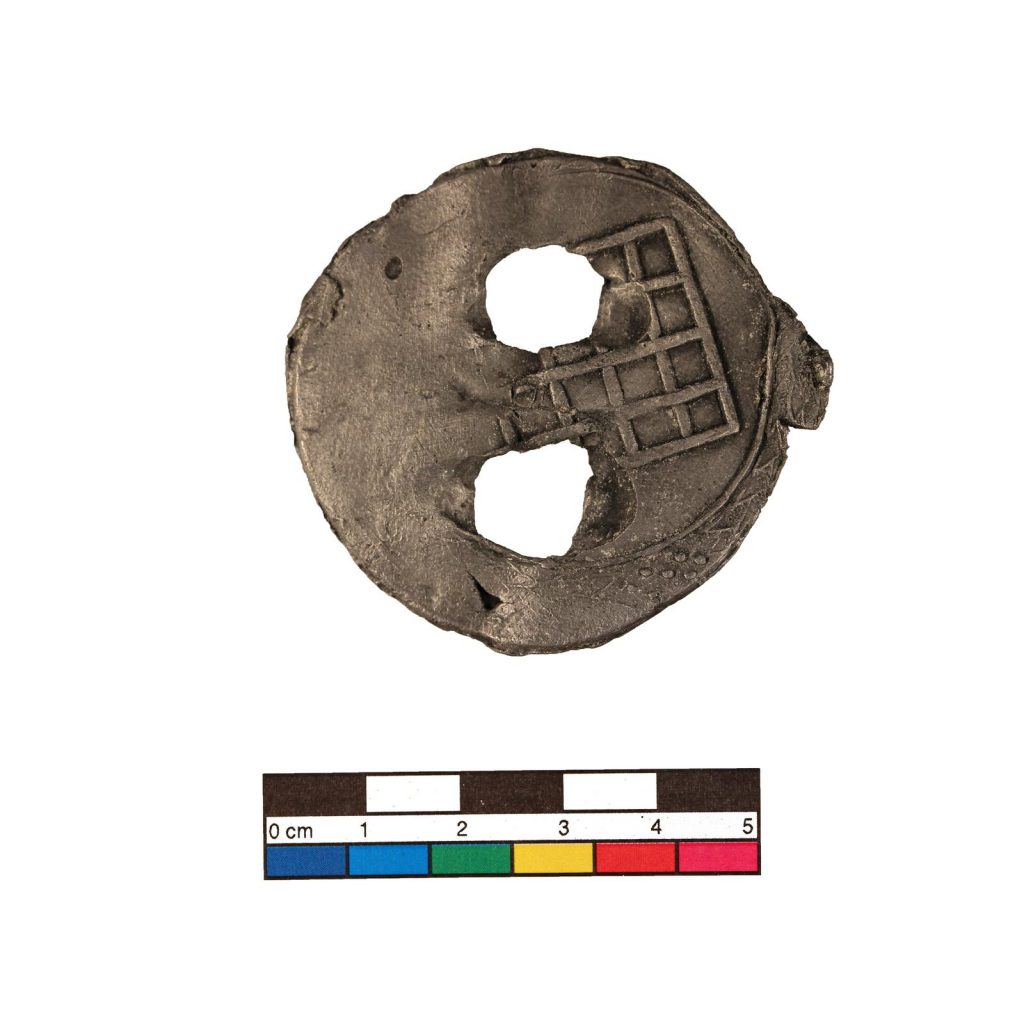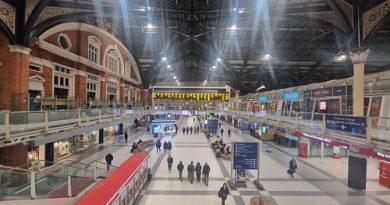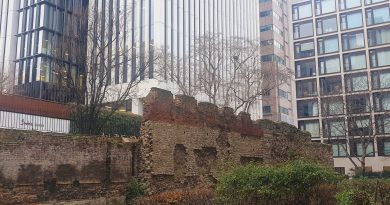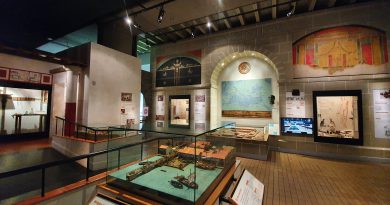London – British Museum (Cloth Seal)
I usually visit the British Museum three or four times a year, something which is a little difficult to do with the current virus situation, primarily because it’s shut. However, they’ve placed hundreds of thousands of images on their web-site, so this will have to do me for the moment. The images can be used non-commercially, as long as the British Museum is credited. So, this is their credit.
I probably need to get out more given that I’m intrigued by an object in the British Museum that I’ve never seen and isn’t even on display there. But this is a cloth seal that was found in the River Thames, but it’s thought that it might have been made in Norwich by the Dutch immigrant community. Made out of lead, it would have secured clothing and the two holes are the rivet marks. The description of the seal is quite complex (by this, I mean I don’t understand it, although I’m not an expert in cloth seals to be fair), but it’s probably a portcullis.
The seal was made in the late sixteenth or seventeenth century, but what is perhaps interesting is the size of the Dutch community in Norwich. It made up around 45% of the city’s population at one stage, but the community was welcomed in, despite their different language and culture. By all accounts that I’ve seen, the integration went well and the Dutch were welcomed and contributed financially to the city, which had been suffering a little economically.






